Perri Cutten: A Timeless Legacy in Fashion
Remembering Perri Cutten: A trailblazing Australian fashion designer whose timeless elegance and...
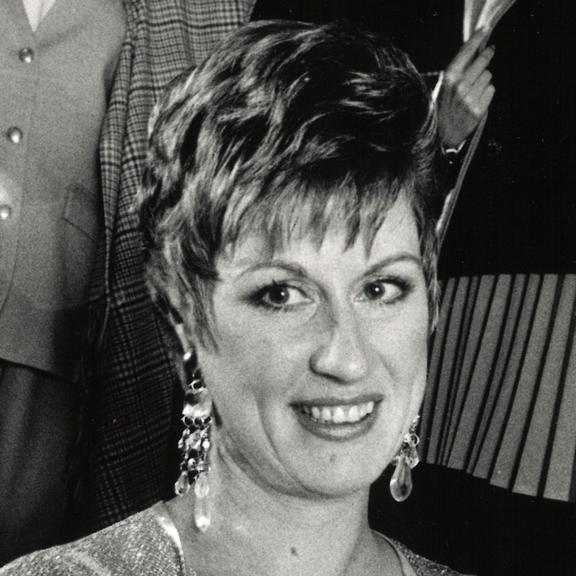
 Search...
Search...
An Australian pilot who flew 201 missions in the Korean War but couldn't drive a car. He was, however, the first from his country to be awarded the American Purple Heart for wounds he received in a daring mission over a heavily defended part of the Korean landscape. It would be nearly seven decades before the whole story was told.
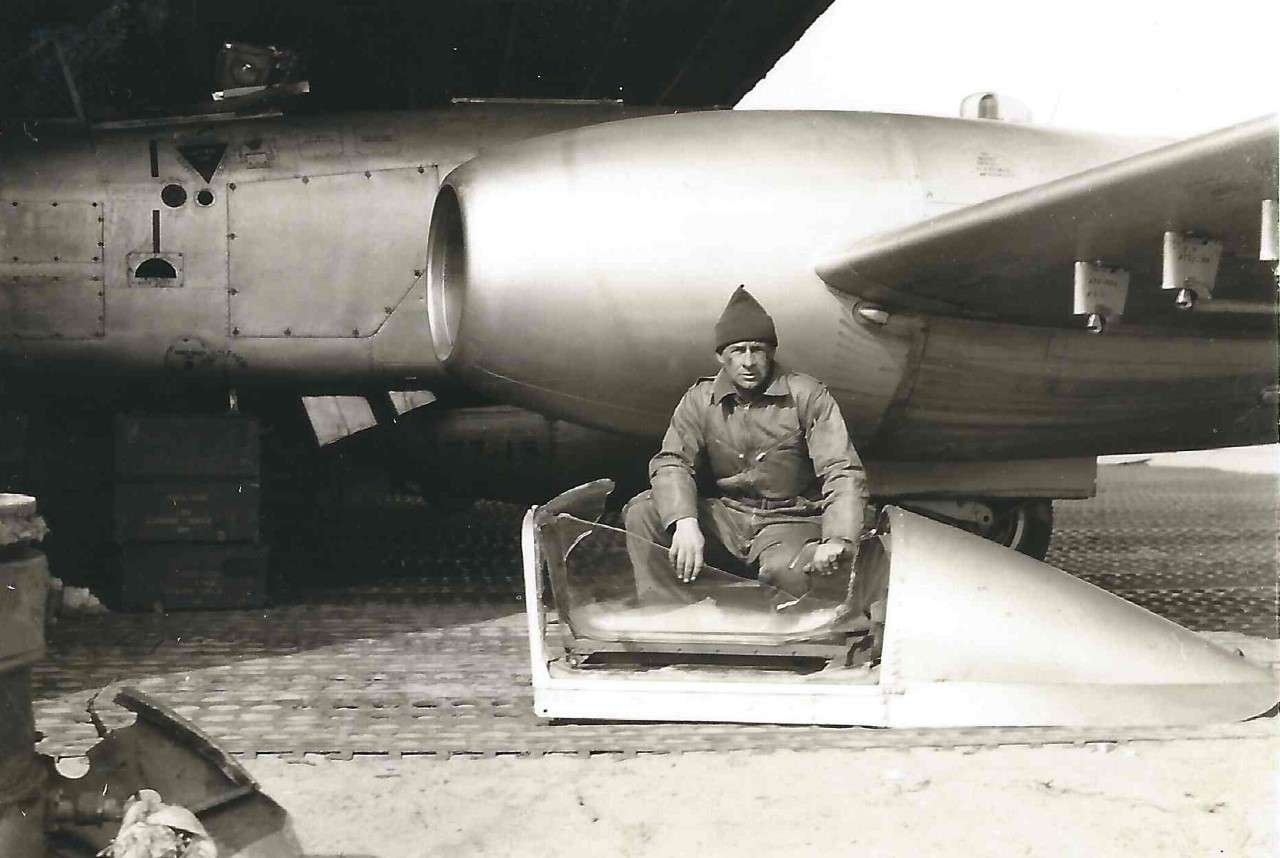
In 2018 Flying Officer Phillip Zupp posthumously received the US Air Medal in recognition of his actions on February 6, 1952, when he was a member of the RAAF's Number 77 Squadron while participating in an aerial flight in a jet fighter near Kimpo, South Korea.
The citation reads that Sergeant Zupp conducted a search for a downed pilot in a heavily armed area, defended by enemy anti-aircraft fire. As he flew in at a dangerously low altitude, he was hit with a large burst of enemy fire that destroyed his canopy. His face was wounded from ricocheting projectiles, one of which smashed the canopy and lodged near the gunsight.
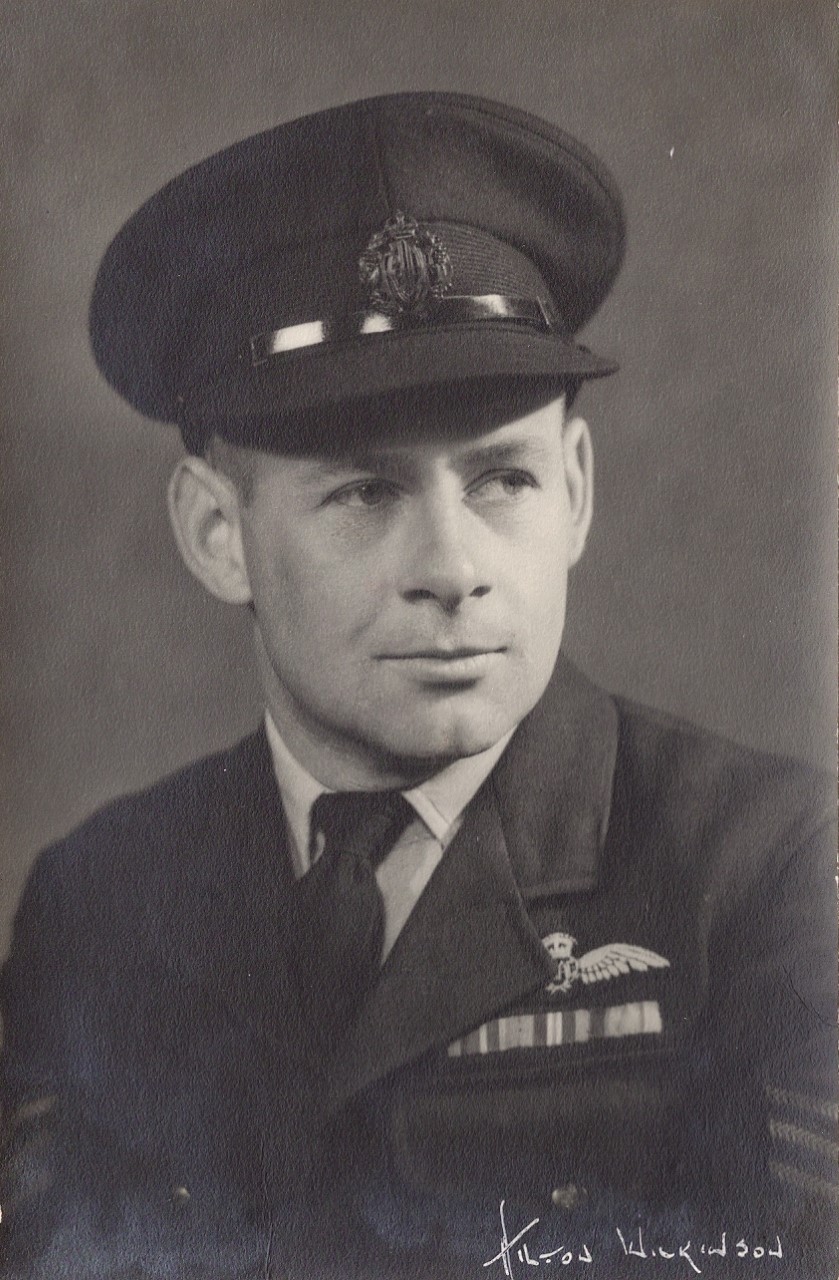
He was able to regain control of his aircraft, despite the effects of shock and low altitude, and returned to base covered in blood. The citation continued that because of Sergeant Zupp's display of professional skill and airmanship, in dedication to his country, this reflected great credit upon himself and the Royal Australian Air Force.
While still in Korea Zupp was later promoted to Flying Officer. He flew 201 fighter missions and was "Mentioned in Despatches" by the Commonwealth.
Zupp's story begins in 1925 when he was born in Toowoomba, Queensland. He was brought up in the rural area of the Darling Downs which had experienced drought and the harsh effects of the Great Depression. His interest in planes was sparked at an early age, and he spent his first pay cheque at 14, on a copy of Every Boy's Fighting Planes and enlisted in the Air Training Corps, a cadet body.
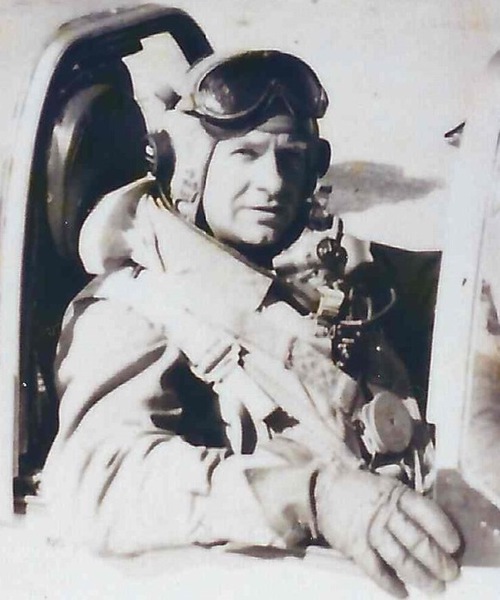
One month after his 18th birthday he enlisted in Brisbane to fight in World War Two. He originally enlisted in the Royal Australian Air Force as a Navigator but was advised he was surplus to requirements. Transferring to the Australian Army, he saw active service with the 2/10 Commando Squadron in Wewak, New Guinea. When the war was over he, along with others from his unit, was shipped to Hiroshima, Japan as part of the British Commonwealth Occupation Forces (BCOF), where he witnessed a defeated people, suffering from the effects of one out of two atomic bombs dropped on the island nation.
When he returned to Australia in 1947, he spent a year cutting sugar-cane before he enlisted again in the Royal Australian Air Force as a mechanic in 1948. He hadn't forgotten his boyhood dream of being able to fly and spent his air force wages on flying lessons. He was determined to become a pilot and applied several times before obtaining his goal.
By the outbreak of the Korean War, the RAAF was busily training pilots. On the recommendation of a senior officer at Rathmines, where he had been posted, Zupp was selected for No. 4 Pilots Course at Point Cook, Victoria, graduating in February 1951. By November of that year he was in Japan and soon flying his first operational mission as a member of 77 Squadron in the skies over Korea.
His log book over the next seven months would see it filled with entries regarding ground attacks and numerous occasions when his aircraft was holed or landed with minimum fuel. Glued between a couple of pages is his citation "Mentioned in Dispatches" that mentions the February 1952 incident.

The log book records that Zupp flew the next day, despite having shrapnel and Perspex still embedded in his face. It wouldn't be surgically removed until 1990.
Many years later as a paramedic, Zupp's son Owen was waiting on the transfer of a patient in Canberra and discovered a book detailing the official history of Australia's involvement in the Korean War. It was there he found his father's name in a list of medals awarded and noticed he had received the Purple Heart. This was news to him as his father had never mentioned receiving the medal.
After much research and a whole book later entitled Without Precedent, Zupp was formally awarded posthumously with a Presidential Citation and a second US Air Medal in lieu of the Purple Heart, at the 100 year celebrations of US-Australian mateship. The presentation was made by the former Chief of Defence, Air Chief Marshal Mark Binskin, who had been pivotal in seeing Zupp's bravery recognised, after reading Owen's book.
While there is still no approval to wear the Purple Heart, Owen Zupp knows he has achieved his main goal. To keep the story of his father's achievements alive, not only for the nation this soldier and pilot fought and flew for, but also so his own children will know and be proud of their grandfather's achievements.
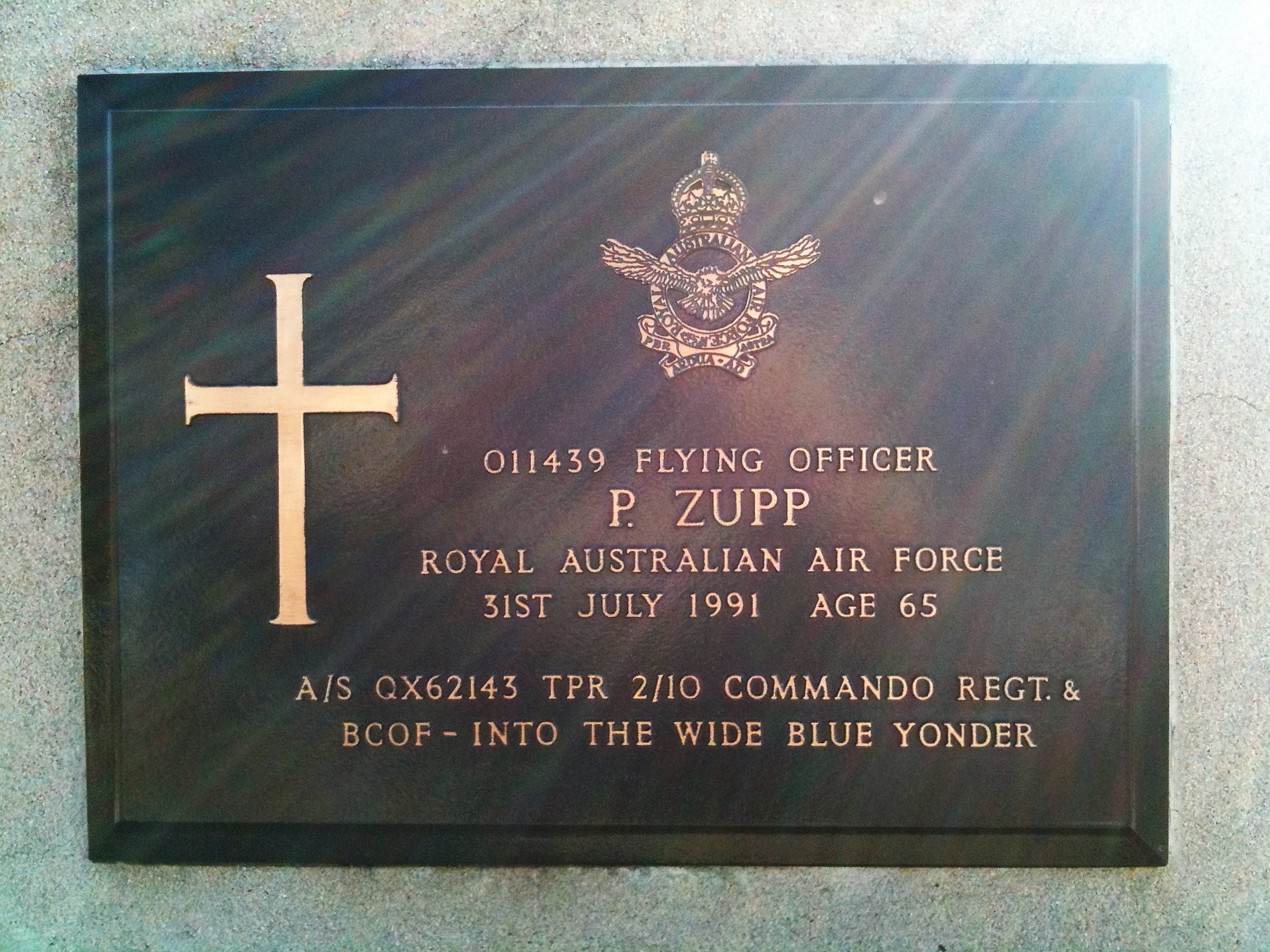
Tales From The Grave - Uncovering family history from down under By Samantha Elley
References